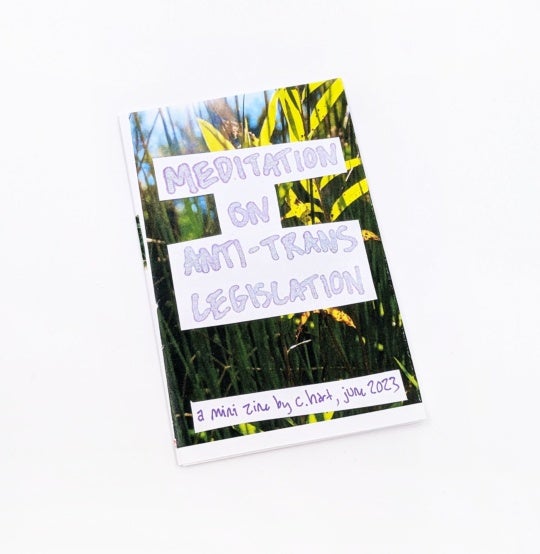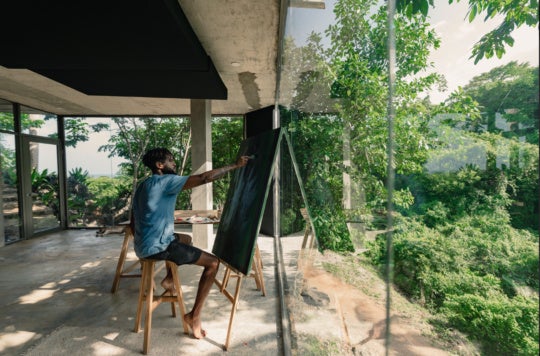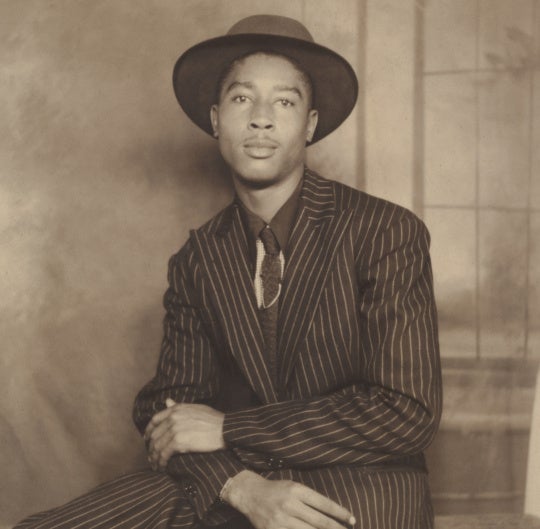
A Taxi Driver for the 21st century, Scottish art house director Lynne Ramsay’s You Were Never Really Here focuses on another psychologically damaged vet roaming the mean streets of New York, a hammer-for-hire who penetrates brothels and fleabag hotels to rescue young girls from capitalism’s newfangled monsters.
But Ramsay’s film emerges in a completely altered reality from Martin Scorsese’s 1976 New York, where Times Square’s human cesspool of baby hookers and exploitation grindhouses has been replaced by an even more jaundiced present. In contemporary America, vice can’t be consigned to a neighborhood, but has seeped like black mold into society’s nooks and crannies. As residents of Atlanta are well aware, human beings have become consumable products in a vast, nefarious world of internet, Facebook and Backpage-facilitated human shopping. In You Were Never Really Here, human trafficking is a sophisticated, behind-closed-doors pedophile circuit where underage girls are horse-traded for fun and profit.

Like Taxi Driver’s Travis Bickle, Joe’s (Joaquin Phoenix) impulses extend from gun-in-the mouth obliteration to white knight rescue fantasies. Wrapped in a hoodie, his head low and his face obscured, Joe ghosts his way through New York City. The women in You Were Never Really Here are abused but the men are haunted, in this case by PTSD and a childhood marred by domestic violence. Walking the streets of New York Joe is stopped by a group of girls who ask him to take a photograph. Ramsay chops up the moment into a series of eerie close-ups of their smiling faces as the texture of their expressions change, their smiles morphing into a pained rictus. Ordinary events for Joe transmute into terror in the wake of cord wood stacks of trauma.
The film opens with Joe’s most recent completed mission, abbreviated in Ramsay’s often elliptical storytelling, with a photograph of a young girl in braces, a gold necklace and a stash of personal items secreted out of a cheap motel room in a trash bag. In between tender moments at home with his elderly mother and visits to a sauna to soothe his battered body, Joe stocks up on his child rescue arsenal—grape soda, hammer, duct tape—and plans his liberation of a senator’s daughter Nina (Ekaterina Samsonov) held captive in a Manhattan brothel. But his self-destructive urges threaten to continually short circuit his homicidal ones.
Ramsay evokes a similarly disconnected Bickle-esque character, a man operating according to his own contrapuntal rhythms. Haunted by flashbacks, Joe moves slowly, like a horror movie monster, but strikes definitively and rapidly when threatened.
Polluted by human malfeasance, Ramsay’s set design evokes a world also mucked up by human intervention. Much of the film is shot at night where the glare of fluorescent lighting, neon, car lights and surveillance cameras create an utterly compromised, artificial rejection of life’s normal color and rhythms. Ramsay’s world is decorated like an aquarium for humans in greasy limes and yellows and pinks so lurid you think more of viscera than little girls, the operative economy of You Were Never Really Here.
Shrink-wrapped in Jonny Greenwood’s pulsating electronic score, like an EKG of emotional distress, Ramsay’s film pulls in tight to see the world through the perspective of Joe’s chronic psychological and physical pain. Her camera rarely bothers with establishing shots, preferring close-ups and medium shots to enhance her characters (and our own) claustrophobia. Ramsay’s camera offers few opportunities for a view of the world beyond Joe’s own and gets so close, you’re nearly inside his skin. Viewers may feel like they’re grappling for traction in the slippery morass of someone else’s entrails, wearing the beer googles of their reality. Maya Deren’s experimental “trance film” Meshes of the Afternoon (1943) was a formative influence on Ramsay and to some extent, her oeuvre has been an homage to the trance film too.
Author of You Were Never Really Here source novel, Jonathan Ames delivered a contemporary noir in his slim novella but Ramsay’s take is different. Gone is the tentacled, grimy conspiracy of Ames’ source and a thriller revelation of the depths of corruption and in its place is the Scottish director’s specialty: life seen through the jaundiced vantage of a human being who has gone emotionally off the rails and a profound rendering of the narcotic experience of death and grief. Ramsay’s previous films follow a similar template; a mother grappling with a sociopath child in We Need to Talk About Kevin (2011), or a wife contending with the suicide death of her boyfriend in Morvern Callar (2002).
Like so many films burdened with advance hype, You Were Never Really Here may be diminished more than enhanced by its Cannes praise (a Best Screenplay and Best Actor award) and critical effusiveness. Both its strongest suite and its weakest link, You Were Never Really Here is a mood piece, a subjective character study set to a pulsing, propulsive soundtrack that back burners credulity and story for style. Like Scorsese, Ramsay has a yen for stylized action set to throbbing, immersive music, in Scorsese’s case a precursor to music videos, in Ramsay’s a more refined, intelligent version. When she juxtaposes scenes of Lolitas in captivity with cloying ’50s bubblegum pop she’s stealing a creepy aural juxtaposition page from Blue Velvet’s similar skin-crawling musical surreality and turning the basest exploitation into a stylistic flourish.
But there’s no denying Ramsay’s expressionistic gifts and her willingness to play with film form, a vantage perhaps rooted in her early training in photography. An artist who initially planned for art school, Ramsay’s intense color palette conjures up Nan Goldin’s inky night crawling and Ramsay’s idiosyncratic, conceptual framing focused in on the banal, where faces are chopped off in the middle or landscapes bisected evokes the photography of Stephen Shore and William Eggleston. She also luxuriates in static, portentous details that achieve her aim of registering subjectivity and trauma in extremis: Joe rolling a dyed jelly bean around in his fingers, or a little girl bathed in honeyed light, a confection unwrapped. Ramsay finds poetry in the abject to her detriment but to her credit too.
“You Were Never Really” Here is currently on view in Atlanta at Landmark Midtown Art Cinemas, AMC Phipps Plaza, and Regal Avalon Stadium (Alpharetta).
Felicia Feaster is a managing editor at HGTV and Travel Channel, the co-author of Forbidden Fruit: The Golden Age of the Exploitation Film, and writes frequently about art and culture for a number of Atlanta and national publications. She is also a BURNAWAY board member.




